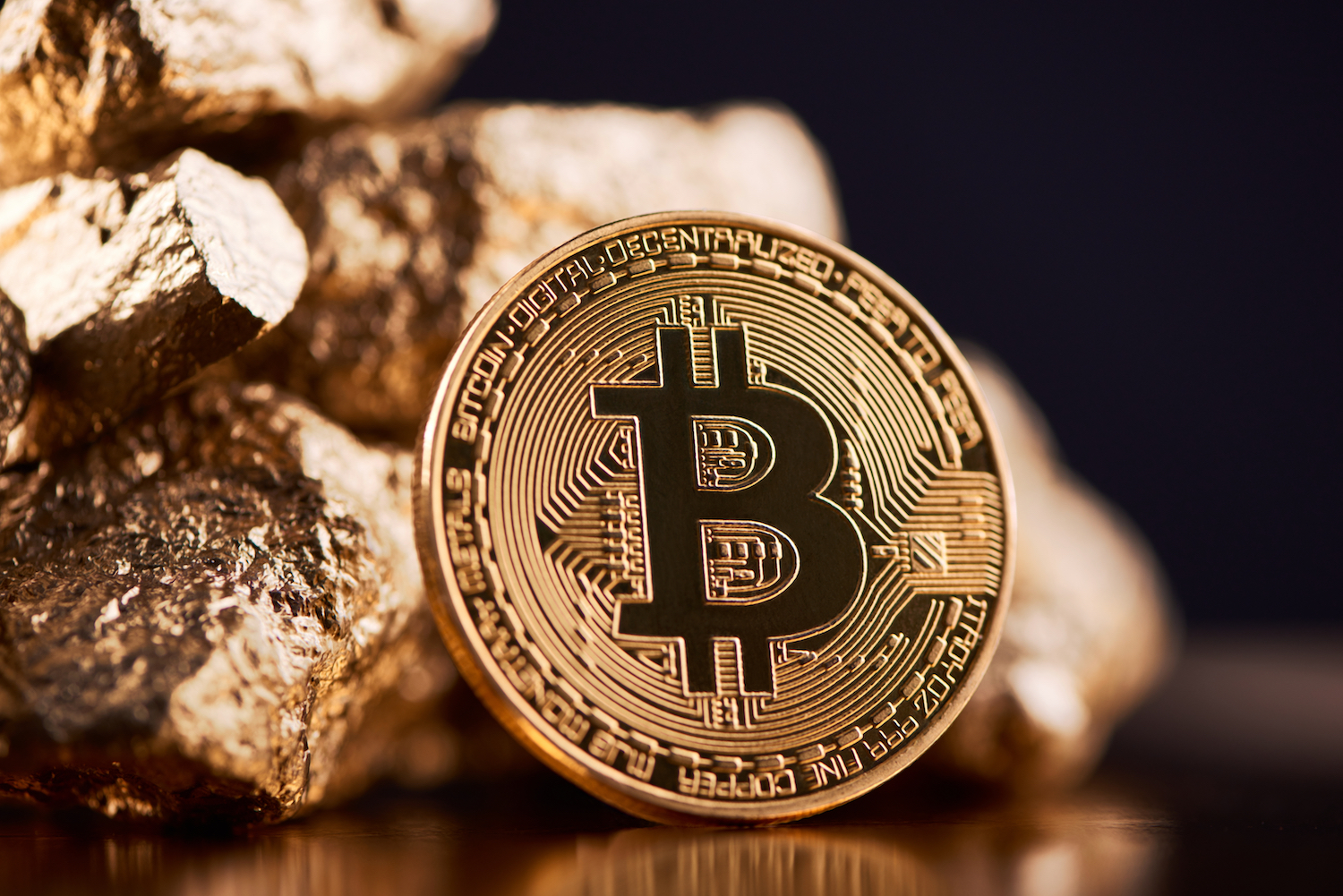Bitcoin: A New Regulatory Attack Vector
It looks like the PR battle over how much energy Bitcoin mining consumes is not over after all. A while ago, I declared that it had been won – the tireless pushback from people who actually spend a lot of time researching this had muted the criticism and concern. Facts and reasoning had vanquished fear-mongering and use of trigger words.
Last week, the U.S. Energy Information Administration (EIA), a statistics agency under the Department of Energy, fired a handful of salvoes at the Bitcoin ecosystem.
One was the announcement that the EIA is launching a mandatory survey of all U.S.-based bitcoin miners.
The other was the publication of a report with an “official” estimate of how much energy Bitcoin mining in the U.S. consumes.
Noelle Acheson is the former head of research at CoinDesk and Genesis Trading, and host of the CoinDesk Markets Daily podcast. This article is excerpted from her Crypto Is Macro Now newsletter, which focuses on the overlap between the shifting crypto and macro landscapes. These opinions are hers, and nothing she writes should be taken as investment advice.
Let’s take a closer look.
The information gathering
Starting this month and until the end of July, the EIA will send regular surveys to all U.S.-based bitcoin miners requesting detailed information on their operations, with a focus on their energy sources and consumption.
Information is good, and more detailed insight into Bitcoin energy consumption could finally put to bed – with data – the exaggerated claims from climate activists and hostile regulators.
The issue here is that Bitcoin mining is being singled out. No-one is proposing that artificial intelligence projects be subject to the same scrutiny, even though the energy required by their massive data centers is starting to attract attention.
What’s more, the information gathering exercise is not starting out from a neutral position.
Normally, government surveys have to be signed off by the Office of Management and Budget (OMB) after an evaluation of the necessity and level of detail. Approval for the Bitcoin mining survey was solicited via an Emergency Revision Request because, according to the filed document, “public harm is reasonably likely if normal clearance procedures are followed.”
What’s the emergency? Where’s the “likely” public harm?
From the official request:
“As evidence, the price of Bitcoin has increased roughly 50% in the last three months, and higher prices incentivize more cryptomining [sic] activity, which in turn increases electricity consumption.”
A further clue lies in the published report that accompanied the announcement of the data-gathering exercise.
It specifically mentions growing concern about the energy-intensive nature of Bitcoin mining, citing two letters to the U.S. Secretary of Energy from elected officials asking for more detailed information to better identify the impact of Bitcoin mining on emissions. It will come as a surprise to no-one that both of those letters came from Senator Elizabeth Warren and her gang.
What the numbers mean
Also in the accompanying report is an estimate of the amount of electricity used by U.S.-based Bitcoin miners. The estimate the agency came up with is between 0.6% and 2.3% of all U.S. electricity consumption. This is a wide band, but nevertheless it is couched in terms to imply that, whatever the actual figure, it’s too much. Even the lower end of the band, the report clarifies, would equal the annual electricity usage for all of Utah, West Virginia or other similar states. The higher end, we’re told, is equivalent to the power consumption of roughly six million homes.
Never mind that comparing Bitcoin mining consumption to that of an entire state is like comparing apples to signposts – the former contributes to the maintenance of a global financial network, the latter covers a wide range of industrial, public service, distribution and lifestyle activities. The subliminal implication is that more families could have electricity if Bitcoin mining went elsewhere.
Unsurprisingly, mainstream media got to work crafting headlines to get the outraged clicks. Here are just a few examples I spotted:
Yet the estimate, even if accurate, makes no mention of the following facts:
-
A significant portion of these renewable sources would not be economically viable were it not for Bitcoin miners acting as initial anchor client, enhancing generator profitability and access to finance.
-
Bitcoin miners often use energy that would otherwise be wasted by locating consumption close to the source, adding income that operators can use to improve and extend transmission.
-
Bitcoin’s energy consumption helps mitigate contamination from fossil fuel production by using methane gas that would otherwise be flared into the atmosphere.
-
Bitcoin’s energy consumption helps stabilize grids by acting as an industrial swing consumer – this not only keeps the grid humming when demand is weak, it also provides additional income to grid operators that can finance further grid improvements.
Normally, I would assume that this is just another annoying attempt to curtail acceptance of Bitcoin in the U.S., that could be swatted away with reasoning and facts. Yet this has signs of being something more.
First, the timing, so soon after the U.S. listing of BTC spot ETFs (which certain regulators were vehemently against), is probably not a coincidence. A secondary objective could be to remind investors that the Administration does not like Bitcoin. This adds a layer of perceived investment risk.
Second, the move signals a different attack vector. Since enough reputable studies now show that Bitcoin mining has a net positive environmental impact, antagonistic regulators are trying a new approach: it’s not contamination any more, it’s potential grid strain. The “emergency” authorization request cites the cold weather in the U.S. and the likelihood that entire communities could be left stranded because Bitcoin miners are hogging electricity.
This, too, can be swatted away with detailed explanations of how Bitcoin mining’s flexible demand strengthens grid management and stable consumption even during peak demand and climate crises. Meanwhile, however, the implication is used to penalize an industry the regulators don’t like. Here we get to the bigger issue.
It’s not just the cost involved, which is considerable. More paperwork invariably generates additional expense. There’s also the likelihood that the resulting database could facilitate further clampdowns. Neither outcome is good, but they’re focused on one industry for now.
No, the bigger issue is regulatory prejudice, and the lasting damage that can have on investment in U.S.-based production and innovation.
The subliminal implication is that more families could have electricity if Bitcoin mining went elsewhere
Imagine a country in which regulators decide what energy can be used for. Once they have stamped out one industry, there is a non-zero chance they’ll pivot to another. This adds to the risk of investing in productive capacity, it adds to the financing costs, and it encourages more investment offshore.
Bitcoin itself will be fine, whatever the U.S. Administration can throw at it. The network will continue to validate transactions and process blocks, no matter how oppressive certain regimes can become. More supportive regimes will benefit from the business, energy grid support and access to a financial system that does not care about dollar hegemony.
Yet this heavy-handed approach will end up hurting more than Bitcoin mining businesses in the U.S. The country has a strong entrepreneurial spirit, a tradition of property protection and deep capital markets. These are worth preserving. It would be such a pity if illogical regulatory antagonism to certain industries ended up hurting the reputation and dynamism of a jurisdiction the world looks to for business inspiration.
Edited by Benjamin Schiller.









